Are you here for the best leg press machine? Leg presses are a popular exercise for building strength in the lower body muscles. Particularly the quadriceps, hamstrings, and glutes. The best leg press machines may change depending on your goals for fitness. It has also changed according to your body type and your biology.
The following are examples of typical leg press machine types:
1. The Best Leg Press Machine with Plate Loaded:
The operator loads weight plates in this type of leg press machine. It often has a more customizable resistance setting. So you can adapt the weight to your strength level.

Plate-loaded best leg press machines are a popular choice in many gyms. Because it is versatile and can accommodate varying strength levels. The following details concern the single-leg press machines that are loaded with plates:
Design: The majority of plate-loaded leg press machines include a large platform. It may be used for lying down or sitting during the exercise. A platform is fastened to a sled or carriage that moves down a track. The machine also has handles or grips to offer support and stability as you work out.
Plate-loaded leg press machines need to actively put weight plates into the machine. This is not possible with selectorized machines. They come with an already-configured weight stack. Place weight plates on the many pegs or posts of these devices until the right kind of force is obtained.
Adjustability: Plate-loaded leg press machines offer a good deal of flexibility. You may alter the weight by adding or removing weight plates as needed. Both inexperienced and experienced lifters can use it because it is accurate in adjusting the force intensity.
Range of Motion: Many plate-loaded leg press machines give a consistent and uniform motion. The sled or carriage runs along a set track, guiding your legs through the workout to cut the risk of injury.
Targeted muscles: The leg press primarily works the quadriceps, hamstrings, and glutes. But it also works the calves and hip flexors, among other lower body muscles.
Variations: Push the platform upward on some plate-loaded leg press machines. On others, with a vertical design, you push the platform away from your body at an angle.
Safety measures: Plate-loaded best leg press machines should have safety measures like other disagreements. Such as adjustable safety stops or pins to keep the sled from dropping too low and putting users in danger.
Considering all things, plate-loaded leg press with machines make flexible and effective muscles.
To cut damage and get the most out of the workout, it is important to start with fewer weights and use proper form.
2. Leg Press with Machine:
These devices have a stack of weight plates from which you can select the desired weight by inserting a pin. You can save time and effort by using the best leg press machines.

Electric leg press machines are a universal feature in gyms. They provide a straightforward and effortless method of performing leg presses. The following information relates to leg press machines that use vectorization:
Design: You can use selectorized leg press machines to complete this workout. Usually located on the side or rear of the machine is a weight stack. Using a rod or pin that connects to the stack, you may change the weight.
Weight Stack: Selectorized leg press machines are pre-loaded weight stacks. They are in contrast to plate-loaded machines. It will help you to put weight plates onto the machine. The weight stack is composed of many weighted plates connected by a system of cables and pulleys. By inserting the weight stack pin at the proper weight increment, you can select the best level for you.
Range: Most of the best leg press machines provide a consistent and uniform range of motion. The seat or platform follows a predefined pattern to help your legs go through the exercise. It maintains safety and decreases the risk of damage.
Foot Platform: Placing your feet on a big foot platform is a common activity on selectorized leg press machines. The platform can adjust to suit various foot placements and individual preferences. The quadriceps, hamstrings, and glutes are targeted muscles. These specific leg press machines target extra lower body muscles, such as hip flexors and calves.
Like previous leg press models, this one works. Included safety features:
Ergonomic grips or handles for stability and adjustable seat settings. And they built-in safety stops to prevent the platform. Or the seats sinking too low are common in leg press machines. The benefits of selectorized leg press machines for using leg presses are clear to observe. They are suitable for users of all fitness levels and, when used correctly, may help tone and develop the lower body muscles.
3. Leverage Leg Press machine:
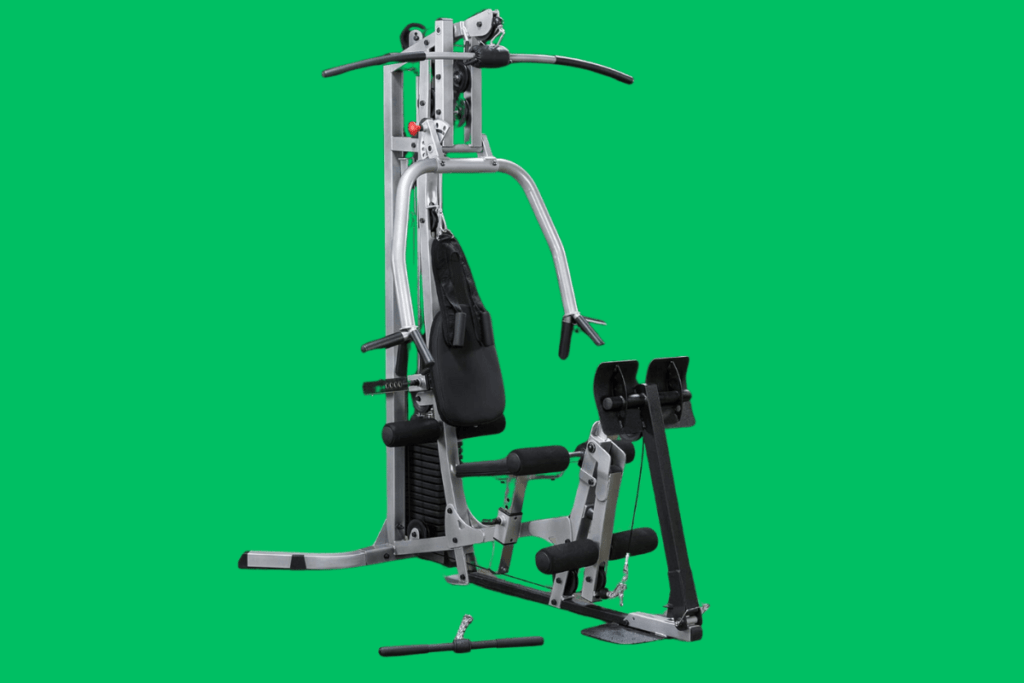
A leg press variation called the leverage The press machine can be used as an alternative to weight plates for resistance. When compared to traditional leg press machines, it offers some benefits, such as:
More natural range of motion: The lever mechanism makes it possible to push in a way that is more akin to nature and could be less taxing on your knees and hips.
Less pressure on lower back: Because the machine supports your back, your lower spine isn’t as stressed out as it would be during a typical leg press. This might benefit those who have lower back pain or injuries.
Builds quad strength: Because the leverage leg press is angled, it’s a great exercise for building up the quadriceps.
Single-leg training: Using specific Leverage Leg Press equipment, you may practice single-leg drives to correct muscle imbalances and core stability.
Increased natural range of motion: The lever system makes it possible to push in a way that is more natural and maybe kinder on your knees and hips.
Potential for less effective targeting of the hamstrings and glutes. Because of its slanted shape, the leverage leg press could not be as effective at targeting these muscles as a regular leg press at home.
Less versatile: leverage leg presses often only offer one training option, whereas standard leg presses may allow for adjustments in foot location to target different muscles.
When looking for a machine that strengthens the quadriceps muscles while being less taxing on the knees and lower back, the Leverage Leg Press machine is a great option.
4. Machine for horizontal leg presses:
This machine has a seat that reclines to a 45-degree inclination and presses on a platform that is attached to a sled that moves down a horizontal track. Horizontal leg press machines are widely renowned for providing excellent lower back support.
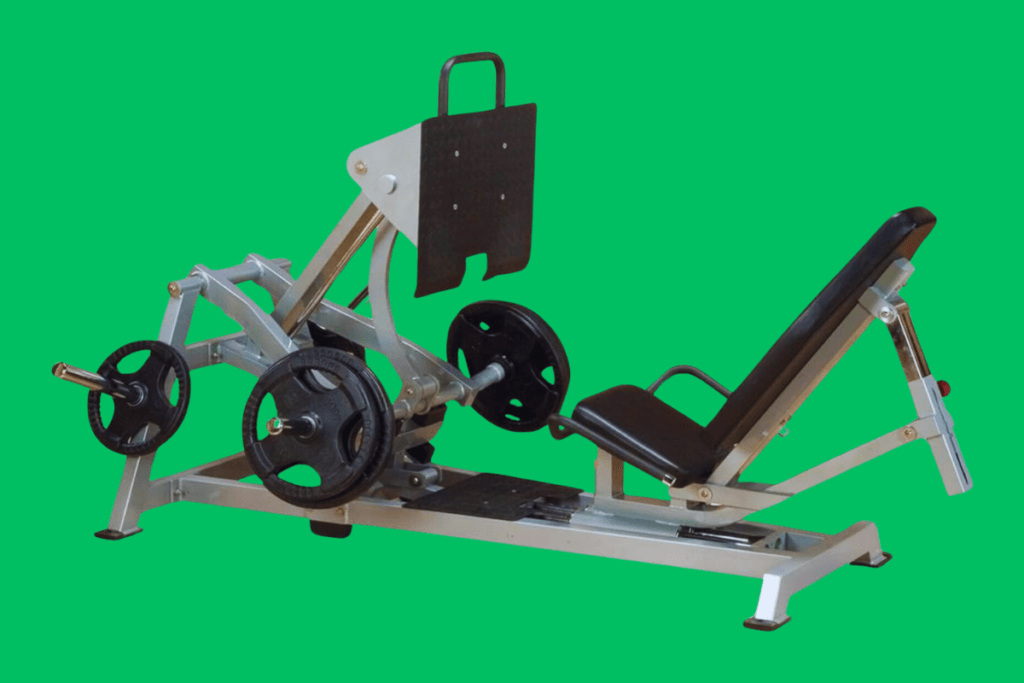
The Horizontal Leg Press machine, which is renowned for its flat, reclining position, offers many benefits for leg press leg workouts:
Beginner-Friendly with Ongoing Help:
Easy to Understand: The horizontal leg press is a great workout for beginners to get proper leg press techniques since it provides a guided movement path. Balance and core-activating exercises like squats are the opposite.
Comfort of Lower Back: Sitting reduces stress on the lower back. It is especially helpful for those who are new to weight training or have back issues. It is also challenging to maintain exercises like squats.
Prioritizing Core and Quads
Quad-Dominant: The quadriceps, or the muscles in front of your thighs, are primarily worked by the horizontal leg press because of the leg extension motion.
Engages Core: Your core muscles engage isometrically to maintain your spine during the weight plate push.
Extra Benefits:
Reduced Joint Stress: Exercises need greater vertical leg mobility. It may be more stressful on your knees and ankles than those that need a horizontal stance.
Space-saving design: Because horizontal leg press machines are smaller than other leg press. They are a fantastic choice for home gyms or smaller commercial gyms.
Remember the following while you execute the horizontal leg press:
Limited Range of Motion: Compared to other models, the horizontal leg press machine may have a somewhat narrower range of motion. It may restrict the activation of the glute and hamstring muscles.
Less Difficulty for Experienced Lifters: As your strength increases, the horizontal leg press might not be difficult enough for you. if you’re an experienced lifter searching for the best leg press machine.
All things considered, beginners and people with lower back problems are welcome. They will find the horizontal leg press machine to be a helpful tool. It offers a safe, comfortable, and effective way to strengthen the lower body.
5. Leg Press Vertical:
With your feet, you press a platform vertically upward in this machine while lying on your back. Compared to the horizontal leg presses, vertical leg pushes are more space-efficient and distinctive.
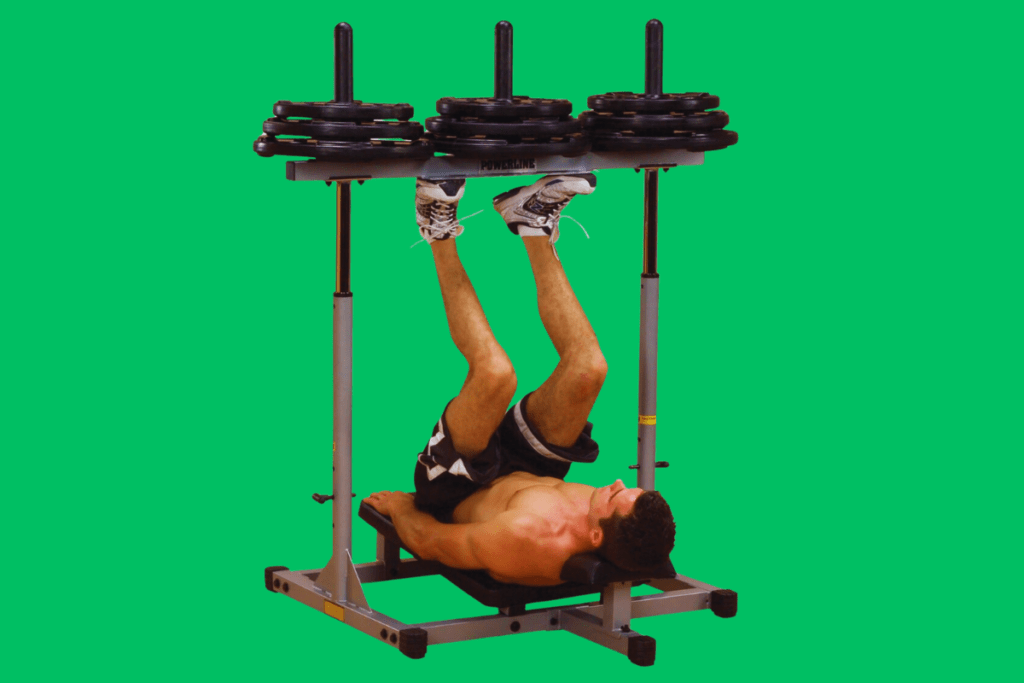
Leg presses may be performed in a different way using vertical leg presses since the weight sled moves vertically as opposed to along a horizontal track. The following information explains vertical leg press machines and their advantages:
Design: The seat of a vertical leg press machine reclines to a certain angle, usually 45 degrees. People sit on the chair with their backs against the soft backrest. And they put their feet in a large position above the seat. The user presses their feet against the weight sled. It is filled with weight plates, and it goes vertically upward.
Range of Motion press machines and vertical leg press machines offer different motions. Users push straight against the resistance while the weight sled moves using their quadriceps and hamstrings. And glutes to contract during the exercise.
Lower Back Support: The seat of vertical leg press machines is very supportive of the lower back since it is retracted. A user who wants to reduce lumbar spine tension during exercise or has lower back problems may find this helpful.
Decreased Spinal Compression: Vertical leg press machines usually need less spinal compression than other leg presses. For people with back issues or those who feel uncomfortable under high axial stress. So, this may be helpful for them.
Usability: In general, vertical leg press machines are simple to operate and need little setup. To begin the workout, users merely need to adjust the seat position, add the proper weight to the sled, and press their feet up against the platform.
Safety: To keep the weight sled from dropping, vertical leg press machines have safety brakes. This increases safety during the activity, especially if you’re utilizing bigger weights.
Muscle Activation: While the quadriceps are the main muscle group worked, the hamstrings, glutes, and calf female muscle legs are also somewhat worked by the vertical leg press. Compared to conventional leg press machines, leg press promotes better muscular growth.
Space Efficiency: Compared to horizontal leg press machines, vertical leg press machines usually have a smaller footprint, which makes them appropriate for home exercise areas or gyms with restricted space.
All things considered, vertical leg press machines provide a secure and efficient means of strengthening lower body muscles and supporting the lower back. To prevent injury and get the most out of the workout, it’s crucial to start with lesser weights and use proper form.
For expert lifters or those seeking a more difficult leg workout, the vertical leg press machine is a wonderful alternative. It requires you to push the weight plate upward while standing. The advantages are broken down as follows:
Difficulty and Quad Focus of best leg press machine at home
Exercise Intense: The vertical leg press is more difficult than the horizontal press. Because it calls for greater core stability and general coordination.
Quad Emphasis: Because of the leg extension pattern, the pressing improves your front thigh muscles.
More Benefits:
Better Power and Leaping: The vertical leg press at home helps increase power output for sports. Exercising your legs in a more erect position is like sprinting or jumping.
Space-saving Design: Like the horizontal press, the vertical leg press machine often has a small footprint. It makes it appropriate for gyms with limited space.
Before adding this exercise to your program, it’s crucial to focus on proper form and take your lower back health into account. our lower back health before incorporating this exercise into your routine.
6. 45-Degree Leg Press:

The most often used kind of leg press machine is this one. It is appropriate for many different types of leg press machine users and provides a pleasing mix of comfort and challenge. It works the hamstrings, glutes, and quadriceps.
A well-liked piece of gym equipment for lower-body strength training is the 45-degree leg press machine. Usually, it’s just a big sled positioned at a 45-degree angle on a frame. Targeting the quadriceps, hamstrings, glutes, and calves, users sit on the machine and raise the sled with their legs.
The following is a basic operating manual for the 45-degree at-home leg press machine:
Most machines include a seat that can be adjusted. When your feet are on the footplate, make sure the seat is adjusted so that your knees are bent at a comfortable degree.
Step 1: Fill the sled with weight plates. As you get better at the exercise, start with a lesser weight and work your way up to a larger one.
Step 2: On the footplate, place your feet shoulder-width apart. Various footplate alternatives are available on certain machines to target different female muscle legs. Try a few different foot positions to see what is most comfortable for you. Select the best leg press machines.
Brace your core: During the workout, contract your core muscles to keep your spine stable.
Push the sled: Until your legs are completely stretched but not locked out, push the sled away from your body. Then apply pressure through your heels. Throughout the exercise, maintain a flat back against the seat.
Drop the sled: While keeping control of the action, slowly bend your knees and drop the sled back down. At the bottom of the exercise, try not to let the weight drop too quickly.
Repeat: Do the appropriate number of times for strength-building. This is usually 8–12 repetitions.
Before starting your next set, adjust the weight if necessary if it seems too light or heavy.
To prevent injury, always start with lighter weights and use appropriate techniques. If you’re unfamiliar with the workout, think about working with a fitness expert. Then make sure you’re using the best leg press machine properly and correctly.
7. Dual Function Leg Press:

This machine is a hybrid of a leverage squat machine and a leg press. For smaller commercial gyms or home gyms, this is an excellent space-saving solution. You can target various female muscle leg groups. As well, you can shift your stance during the workout.
8. Leg Press Compact:
In comparison to conventional leg press machines, this machine occupies less space. It’s a fantastic choice for people with little space or for home gyms. This leg press machine may have a lower weight capacity and range of motion than others.
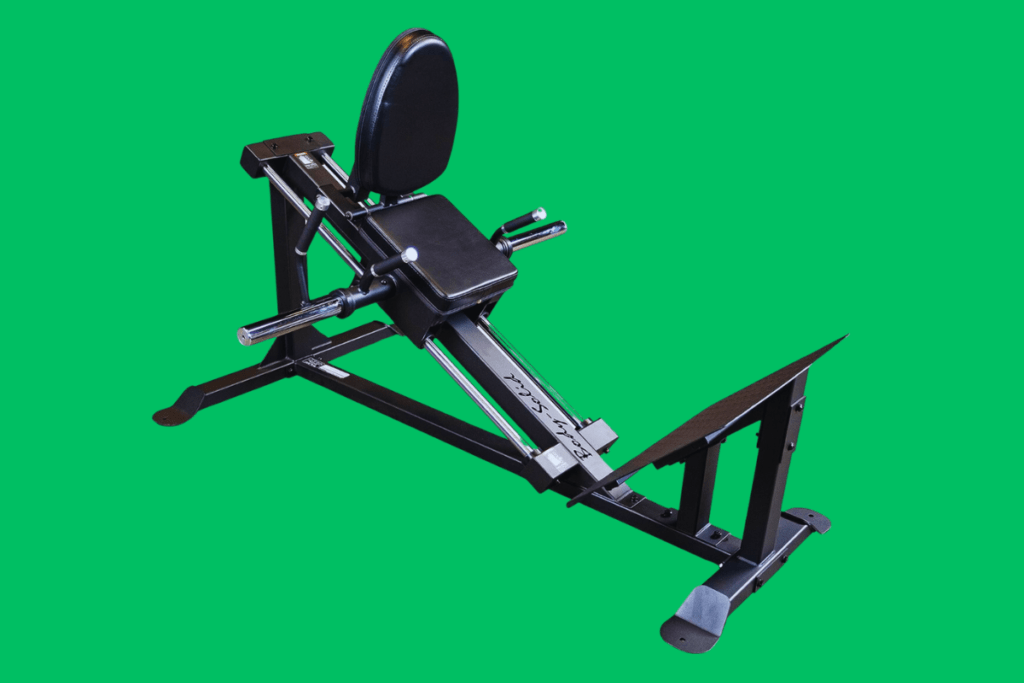
9. Belt Squat Machine:
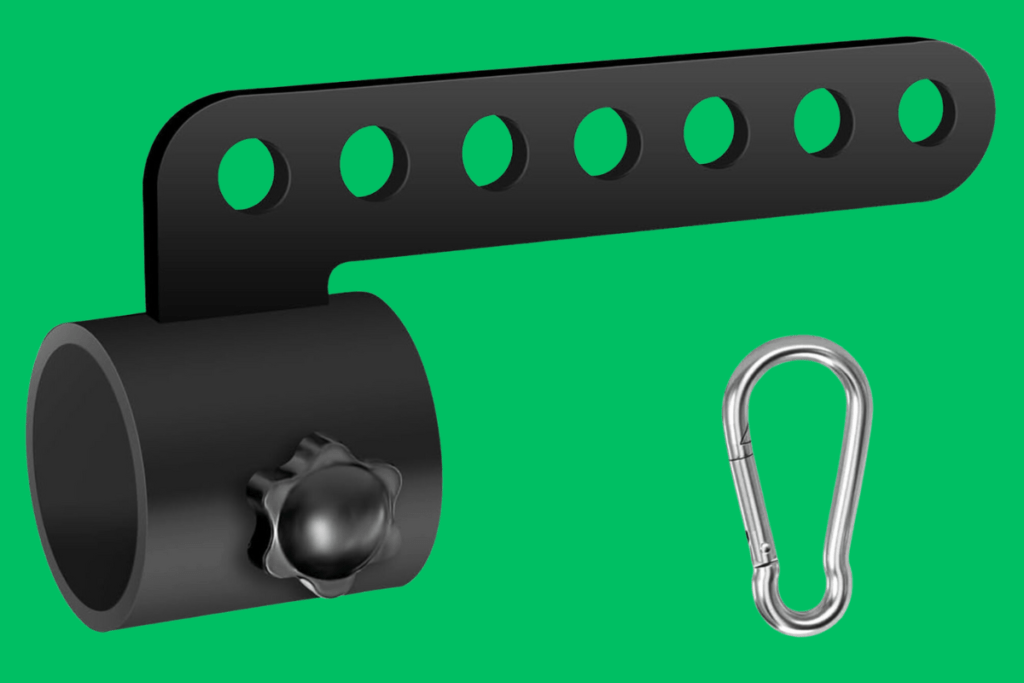
With this particular kind of leg press machine, you can squat. Wear a belt around your waist for more support. This may be an excellent alternative for someone with various issues. It mostly works the glutes and quadriceps.
Thus, remember the following tips to get the best leg press machine for you. It also depends on simple use, comfortable available space, and your own fitness goals. Try out a few different pieces of equipment at your gym to see which one best suits your demands and comfort level. Thus, proper form and technique are very important for highlighting the leg press with machine exercise safety.










